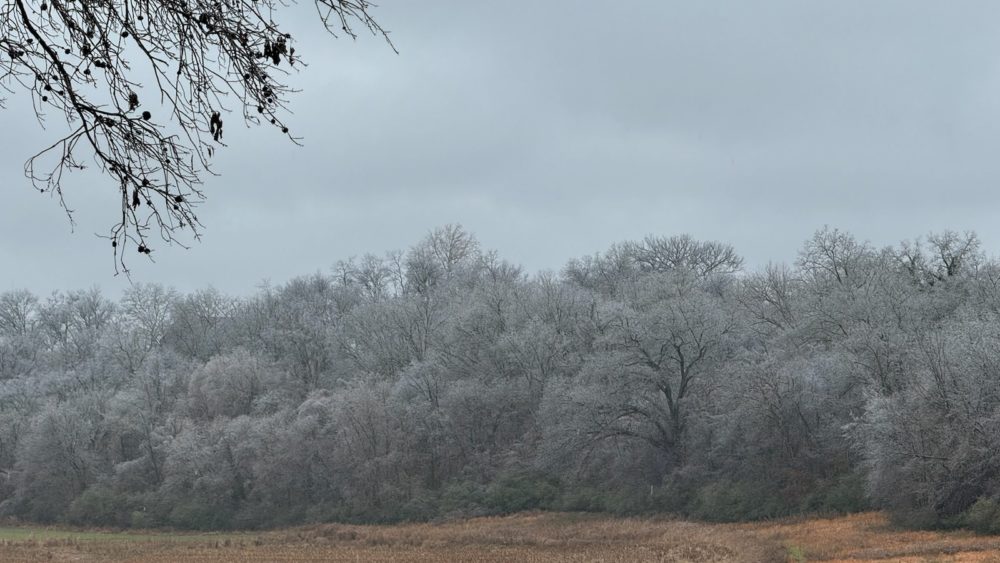Not everyone likes insects. That’s understandable. They can be creepy, some bite, some sting, and many are annoying. But one insect most people can agree is a joy-is the humble Lady Bug. Worldwide there are more than 5,000 species of ladybugs; about 500 of those native to North America.
As a group, ladybugs (i.e., lady beetles, ladybird beetles) are very beneficial. A single ladybug can eat as many as 5,000 aphids and other sap feeding insects in its lifetime. The female lays clusters of eggs on plants close to aphids, scale, and mealybugs. Once the eggs hatch, the strange alligator-looking larvae emerge. They are shiny with black spots and completely harmless to people. However, they are excellent predators consuming hundreds of pest insects until they finally pupate to become the adult ladybug we recognize.
The adults will continue munching down on aphids until their lifecycle is complete. If a plant starts to get over-crowed with ladybugs, the winged adults take to the air in search of new aphid outbreaks leaving the larvae behind to clean-up the last of the aphids.
The adult ladybugs have a very distinguishable convex, oval body shape but can be yellow, pink, orange, red, or black in color with varied number of spots. While they don’t sting, they do seep an odorous, noxious fluid from their joints to help protect themselves from other predators.
In Kentucky, we commonly see seven species of ladybug. The Pink-spotted Lady Beetle has pinkish to red body marked with black spots. In addition to aphids, they also eat pollen (up to 50% of their diet) something not common to all ladybug species. The Convergent Lady Beetle is a medium-sized orange and black species which can be purchased through gardening catalogs as a biological control of aphids. The Seven-spotted Lady Beetle is an orange beetle with 10 spots (just kidding, it has seven spots). This beetle was introduced from Europe to help manage aphid populations.
Another introduction that not everyone appreciates is the Multicolored Asian Lady Beetle. This is the one that tries to overwinter in homes and sheds by the hundreds. They are a large orange beetle and their spots vary. The segment over its head is white with a black “M”. Although they are excellent predators and very beneficial, they are considered a nuisance because of their overwintering habit.
They can also ruin rugs and furniture with their secretions. Fortunately, they do not breed or feed inside homes. Three others found in Kentucky but not as frequently are the Ashy Gray Lady Beetle (with a pale gray color), the Signate Lady Beetle and the Twice-stabbed Lady Beetle (similar in color with black bodies and a red mark on each wing).
The ladybug group unfortunately are not all beneficial. There two species in Kentucky that prefer plants over insects. They are the Mexican Bean Beetle and the Squash Beetle. Mexican bean beetle adults, which feed on garden beans and occasionally soybeans, have orange bodies with eight black spots on each wing cover. Squash beetles, which attack squash, pumpkin, and cantaloupe, have only seven spots.
Lady beetles can play an important role in managing some insect pests in crops and landscapes. It is important to conserve these beneficials. You can help by learning to recognize the different stages of beneficial insects and making chemical treatments only when necessary and using selective insecticides when you do.






